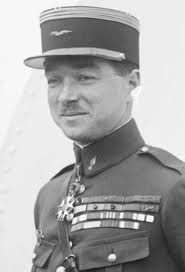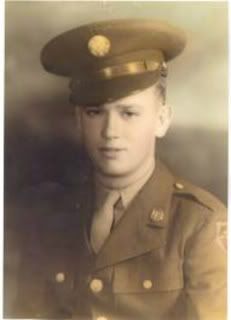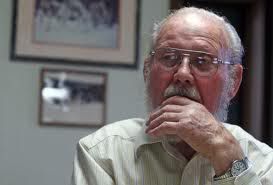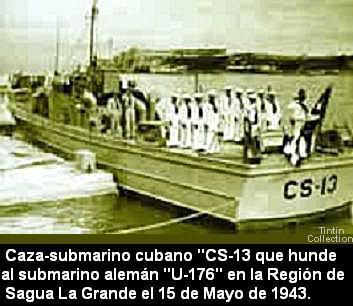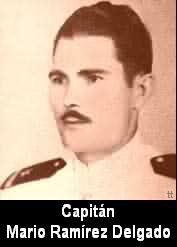R. Paul Fonck (27 March 1894 – 18 June 1953) was a French aviator who ended the First World War as the top Allied fighter ace, and when all succeeding aerial conflicts of the 20th and 21st centuries are also considered, Fonck still holds the title of "all-time Allied Ace of Aces". He received confirmation for 75 victories (72 solo and three shared) out of 142 claims. Taking into account his probable claims, Fonck's final tally could conceivably be nearer 100 or above. He was made an Officer of the Legion of Honor in 1918 and later a Commander of the Legion of Honor after the war.
He was born on March 27, 1894, in Saulcy-sur-Merthe, a typical French village in the mountainous Vosges region. At 20, when the war started, he was assigned to the engineers and spent several months digging trenches, building bridges, and fixing roads.
In early 1915, he entered flight training, first at Saint-Cyr, then at Le Crotoy. His first combat unit was Escadrille Caudron 47 at Corcieux, flying a Caudron G.4 (an ungainly-looking bomber/reconnaissance plane: a twin-engined biplane, with a pilot nacelle instead of a full-length fuselage).
He did fine work as an observation pilot, twice being mentioned in dispatches. He shot down his first enemy aircraft in July 1916, in a Caudron that had been fitted with a machine gun. But in his greatest feat in a G.4, he didn't fire a weapon at all. On August 6, he attacked a German Rumpler C-III. Maneuvering over and around the reconnaissance plane, he skillfully stayed out of its field of fire, while continually forcing it lower and lower. Eventually, the German had to land behind French lines; Fonck had captured a new, undamaged prize for the Allies to inspect.
Following this, Fonck was transferred to Escadrille Spad 103, Les Cigognes, the Storks, France's premier fighter groups, comprised of escadrilles S.3, S.26, S.73, and S.103. After several months of training in single-seaters, he began flying Spads in May, 1917.
In less than two weeks, he became an ace. By the fall of 1917, he had downed 18 German planes, and was inducted into the Legion of Honor.
Always anxious to prove his claims, on September 14, he recovered the barograph from an aircraft he had shot down. The instrument confirmed Fonck's rendition of the encounter, showing that the German plane had reached 20,000 feet, had maneuvered lower while dueling Fonck, had zoomed up briefly at 5,000 feet (as the pilot pulled back on the stick when hit), and then had stalled and crashed.
The great French ace, Georges Guynemer, disappeared on September 11. The Germans claimed that he was shot down by Kurt Wisseman, a Rumpler pilot, and a good one, as he was credited with five kills while flying the two-seaters. Shortly, Fonck achieved a measure of revenge for the French Aviation militaire. On the 30th, he spotted a two-seater flying at 9,000 feet. Sensing that the rear gunner was alert to him, he expertly moved in below and behind, where he could not be fired on. Fonck fired two bursts. The Rumpler fell inside the French lines and the dead pilot's papers identified him as Kurt Wisseman. He told a journalist that by killing "the murderer of my good friend," he had become "the tool of retribution."* This statement might have surprised the dead Guynemer, since he and Fonck were never friends.
One book referred to Fonck as "a dreadful show-off, intolerable, always bragging, egotistical, ham-like, a poseur, gaudy, loud, hard to take, expressionless at times, morose, deliberately cruel, over-neat, tightly tailored, etc." Even his best friend, Lt. Claude Haegelen (a 22 victory ace), was quoted as saying of Fonck: "He is not a truthful man. He is a tiresome braggart, and even a bore, but in the air, a slashing rapier, a steel blade tempered with unblemished courage and priceless skill. ... But afterwards he can't forget how he rescued you, nor let you forget it. He can almost make you wish he hadn't helped you in the first place."
A brilliant shooter rather than an accomplished pilot (and reputed for his conservative use of ammunition), Fonck claimed no fewer than six victories in a single day, all German aircraft on 9 May 1918 over Montdidier (a feat he was later to repeat).
Fonck returned to civilian life after World War I, and published his war memoirs Mes Combats, prefaced by Marechal Foch, in 1920.
During the 1920s, Fonck persuaded Igor Sikorsky to redesign the Sikorsky S.35 for the transatlantic race or Orteig Prize.[10] On 21 September 1926, Fonck crashed on takeoff when the landing gear collapsed, killing two of his three crew members. Charles Lindbergh shortly afterward won the prize in 1927.
Fonck eventually returned to military aviation and rose to Inspector of French fighter forces from 1937 to 1939. His inter-wars contact with the likes of former World War I foe Hermann Göring and Ernst Udet cast a shadow upon Fonck's reputation during the German occupation of France and led to allegations of collaboration with the Nazi occupying forces and the Vichy regime. On 10 August 1940, Vichy Foreign Minister Pierre Laval announced that Fonck had recruited 200 French pilots to fight on the Nazi side. However, the truth is more complicated.[11]
Marshal Philippe Pétain wished to use the Goering - Fonck relationship in order to meet Adolf Hitler and thus gave Colonel Fonck the order to talk to Goering. A meeting was planned at Montoire but after discovering evidence about the pro-Nazi politics of Pierre Laval, Fonck tried to convince Pétain not to attend. Initially Pétain appeared to heed Fonck's advice, but for some reason Petain eventually decided not to follow Fonck's warnings and he met Hitler at Montoire on 24 October 1940. Fonck's loyalties were thus questioned by the Vichy regime, and thus he returned home to Paris where he was eventually arrested by the Gestapo and imprisoned in Drancy internment camp.
After the war, a French police inquiry about his supposed collaboration with the Vichy regime completely cleared Fonck. The conclusion was that his loyalty was proved by his close contacts with recognised resistance leaders such as Alfred Heurtaux during the war.
Additionally, he was awarded the Certificate of Resistance in 1948. Citation reads "Mr. Fonck, René, a member of the fighting French forces without uniform, took part, in territory occupied by the enemy, to glorious fights for the liberation of the nation".
Fonck remained in Paris but also visited frequently his native Lorraine where he had business interests.
He died at age 59 and is buried in the cemetery of his native village of Saulcy-sur-Meurthe.
dieselpunks.org & wiki




